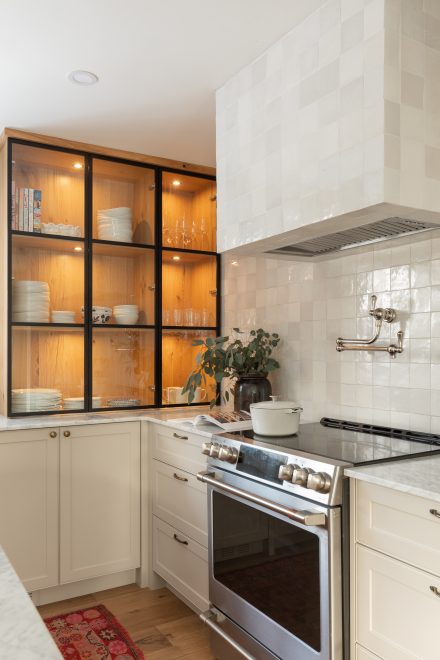
Hello, it’s a great day to start a project.
A few tips to make your neighbour think the grass is greener at your place.
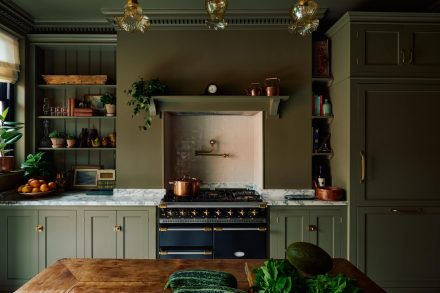
Plants have a way of transforming any space, adding life and a kind of reassuring presence. They can act as decorative pieces, but they also have therapeutic properties and contribute to your well-being simply by the way you care for them.
These little or big leafed healers also offer other benefits such as mood enhancement and indoor air purification.
Here’s a quick guide to incorporate plants and perhaps eventually an indoor garden or hydroponic vegetable patch into your daily routine.
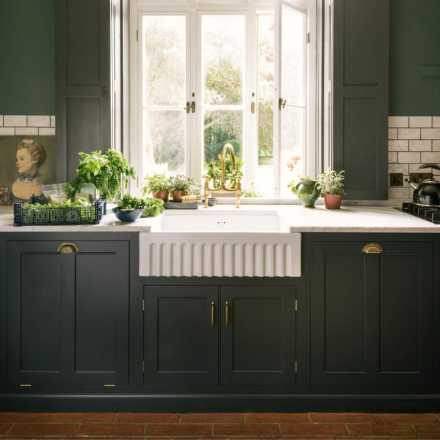
Choosing the right plants is essential to creating an indoor garden that’s right for your space. Some plants, like succulents, pothos or ferns, are perfect for beginners as they require little care. But if you want to go further and enjoy the nutritional benefits of your garden, you could consider a hydroponic vegetable garden.
Hydroponic systems allow you to grow plants such as herbs, leafy vegetables (lettuce, spinach) and even tomatoes, without the soil. Your plants absorb nutrients dissolved in water directly, allotting them faster growth and a higher concentration of vitamins and minerals.
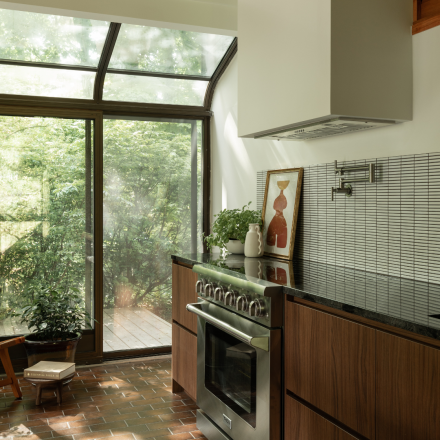
Light is one of the key elements for your plants to thrive. Depending on the type of plant you choose, some will need more light than others.
Succulents, for example, require direct exposure to sunlight, while others, such as ferns, herbs or leafy vegetables, can make do with indirect light. Simply place them near a window or consider indoor grow lightfor plants if your home lacks natural light.
These are an excellent investment to ensure that your plants have the light they need to flourish and thrive.
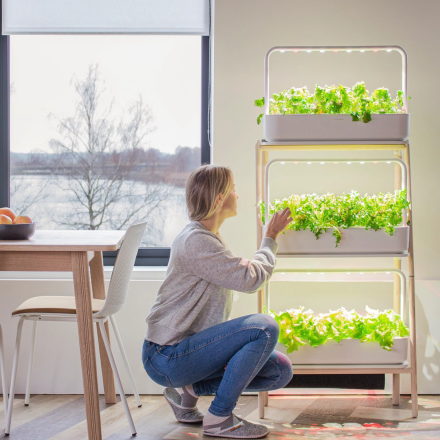
Watering is one of the most important elements for your plants’ health, but it’s also often what confuses beginners. With hydroponic systems, watering is self-sufficient, thanks to a nutrient solution that allows the roots to feed directly in the water. However, even with traditional potted plants, it’s essential to dose watering correctly. Too much water can lead to disease, while too little can dry out your plants. Water only when the soil is dry to the touch. Make sure your pots have a good drainage system to prevent water stagnation. As each plant has its own specific needs, take the time to observe them carefully and daily to better adjust your watering routine.
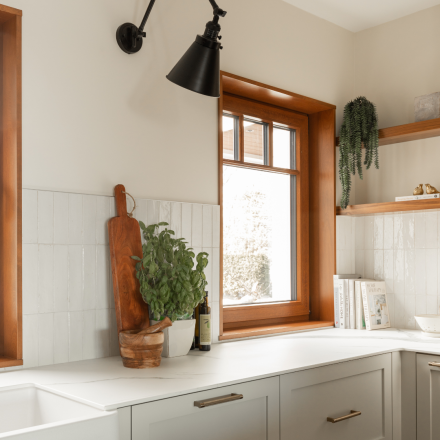
Beyond being an innovative growing method, hydroponics can also naturally enrich your diet. Here’s how:
The choice of soil and pots is also crucial, whether you grow in soil or hydroponically. Good quality potting soil is your best starting point. In hydroponics, systems such as towers or growing trays are specially designed to enable roots to absorb nutrient solution efficiently. Some plants, such as cacti, require well-drained soil, while others prefer lighter compost. Remember to choose pots with drainage holes to avoid excess moisture that could harm your plants.
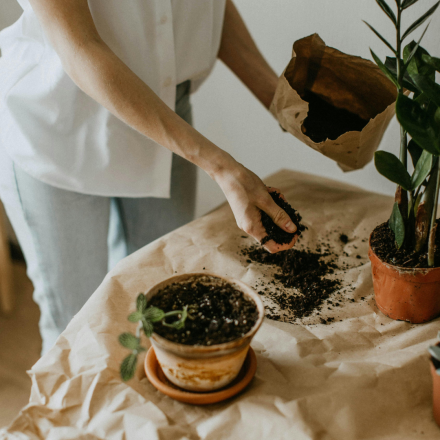
Indoor plants need your attention to thrive. Take care of them and they’ll take care of you. During their growing season (spring and summer), it’s a good idea to fertilize them regularly with a suitable fertilizer to keep them healthy and enrich their nutritional content. Hydroponically grown plants, on the other hand, benefit from a constant supply of nutrients in the water. Whatever they are, remember to prune them and remove any dead or damaged leaves.
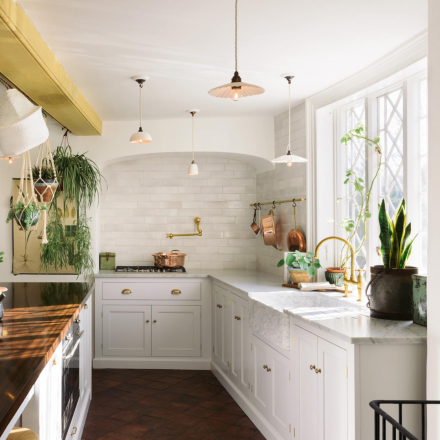
Plants make an aesthetic contribution, imbuing the space with vitality and freshness. But beyond their beauty and natural properties, they transform your interior into a soothing place while connecting with your surroundings. They purify the air, reduce stress and promote a sense of well-being. The patience, care and punctual attention that interior gardens require benefit both body and mind.
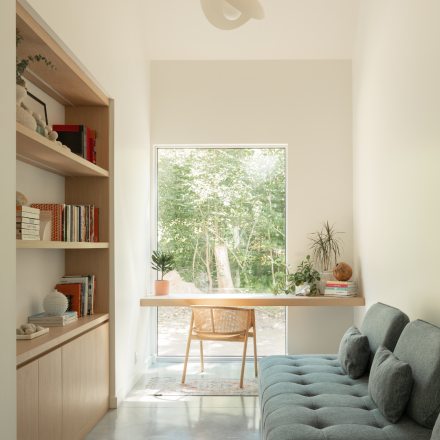
Indoor gardening is a simple and accessible way to transform your home into a living space and strengthen your connection to nature. Plants enhance everyday life and promote well-being without you even noticing. Choose the right plants, place them wisely, and watch them grow with the tender gaze of a proud parent.